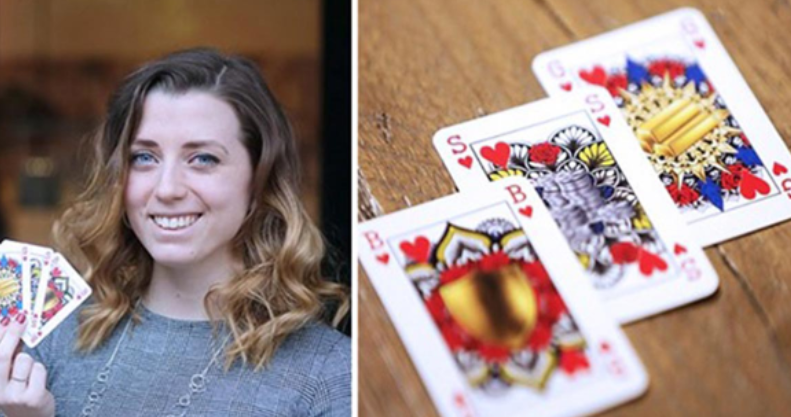The history of playing cards
The first evidence for the existence of playing cards comes from an ancient Chinese dictionary, Qing Ji Tung, which states that playing cards were invented in China in 1120, but in 1132 they reached their peak and spread throughout China. But before the advent of paper playing cards, as we know them today, the Japanese played with special plates that looked like cards made of ivory or cut wood. In medieval Japan, the founders of playing cards were shells and were also used for gaming. The game with shells worked so that solitaire was placed on the table, shells with the same pattern were searched in the placed shells. Thus, card games became popular in India and Egypt in the 13th century. The most popular version of the origin of playing cards is the Egyptian one. Modern ophthalmologists claim that in ancient times the priests of Egypt wrote their wisdom and mysteries of the world on 78 gold plates, and these boards were displayed as symbols of playing cards. The cards were divided into 2 parts, one of which was a total of 22 called “Senior Arcana” or Tarot cards and were used for divination; the other part was a total of 56 cards called “Little Arcana” which later became ordinary playing cards, similar to those we know today.
Names and symbols of playing cards
Today, the number of playing cards in a deck is 52 in number, and this is not a coincidence, but there is a mystical connection in the cards with something unearthly and at the same time known to all of us. Thus 52 cards as many as one deck correspond to the number of weeks in a year; 4 suits correspond to 4 seasons; there are 13 cards in each suit – the same number of weeks in each season; and when you add the number of card values, you get the number 364 as the number of days in the year without 1 number, but it is still close to the total number.
In the 16th century playing cards underwent radical changes, their appearance changed and remained in the style we know today with a total of 52. The first cards were really expensive because they were handmade, the machines for their production are still not existed. In different parts of the world the symbols on the maps were called by different names. Each nation named the symbols after its current kings and ladies. The cards we know today were established in the 15th century in France and it is believed that card suits symbolize the four main items of knightly use: shovels – spears, batons – sword, tambourines – banner and coat of arms, heart – shield.
Woman Creates Gender – Neutral Playing Cards To Replace King, Queen, And Jack
In 2020, Indy Mellink from the Netherlands came up with an interesting idea to invent a new type of card. She wondered why the king should be more than the queen, the queen worth more than a jack? She believed this continued the history of sexual inequality between men and women. So she came up with the idea of making gender neutral playing cards. She had many attempts and many ideas for this, but in the end she managed to create gold bars, silver coins and a bronze shield that replace the standard King, Queen and Jack. Indy chose these precious metals because it is a hierarchy known to the people. Indy made 50 copies of these playing cards, and they started selling really fast. This innovation of playing cards has met with numerous positive reviews from the general population and acceptance.
Closing words
The fact is that the playing cards over the years have undergone various changes and modifications. However, the market is open for more new modifications that will be even more interesting than the previous ones. What new playing cards will be invented next remains to be seen. Anyway we will enjoy these games.


